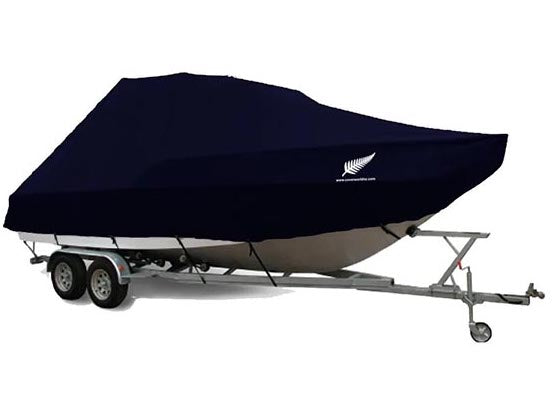Investing in a boat is a significant financial commitment, and it's essential to protect your watercraft from the elements to ensure it stays in top condition for years to come. One of the most effective ways to safeguard your boat is by using a high-quality boat cover. With a wide range of options available on the market, choosing the right cover can be overwhelming. This ultimate guide will help you navigate the selection process and make an informed decision to protect your investment.
Factors to Consider When Choosing a Boat Cover
Size and Fit
- Determine the size and shape of your boat to ensure a proper fit.
- Choose a cover that matches the dimensions of your boat to provide maximum protection.
Material and Durability
- Look for covers made from durable, weather-resistant materials such as polyester or canvas.
- Consider UV resistance and waterproof features for added protection against the sun and rain.
Fastening Mechanism
- Opt for covers with secure fastening mechanisms such as straps, buckles, or drawstrings to keep the cover in place, especially in windy conditions.
- Ensure the fasteners are easy to use and adjust for a snug fit.
Types of Boat Covers
Mooring Covers
Mooring covers are designed for long-term storage and protection while your boat is docked or moored. These covers provide full coverage and protection against the elements, including UV rays, rain, and debris.
Trailerable Covers
Trailerable covers are ideal for transporting your boat on a trailer. These covers are designed to withstand high speeds and road debris, providing protection during transit.
Storage Covers
Storage covers are perfect for short-term protection while your boat is stored on land. These covers are lightweight and easy to install, making them convenient for daily use.
Maintenance Tips for Boat Covers
Cleaning
- Regularly clean your boat cover with mild soap and water to remove dirt, debris, and stains.
- Avoid using harsh chemicals or abrasive cleaners that could damage the cover's material.
Storage
- Store your boat cover in a dry, well-ventilated area when not in use to prevent mold and mildew growth.
- Avoid folding or storing the cover when wet to prevent damage and prolong its lifespan.
Repairs
- Inspect your boat cover regularly for any tears, punctures, or wear and tear.
- Repair any damage promptly to prevent further deterioration and maintain the cover's effectiveness.
Benefits of Using a Boat Cover
- Protection from UV rays, rain, snow, and other weather elements.
- Prevention of mold, mildew, and moisture buildup.
- Reduction of maintenance and cleaning efforts for your boat.
- Preservation of your boat's exterior finish and interior upholstery.
- Extended lifespan of your boat by preventing damage from the elements.
Conclusion
Choosing the right boat cover is essential for protecting your investment and ensuring your boat remains in top condition for years to come. By considering factors such as size, material, fastening mechanism, and type of cover, you can select a high-quality cover that meets your needs. Additionally, proper maintenance and care will help prolong the lifespan of your boat cover and maximize its protective benefits. Invest in a quality boat cover today to safeguard your watercraft and enjoy peace of mind on every boating excursion.
